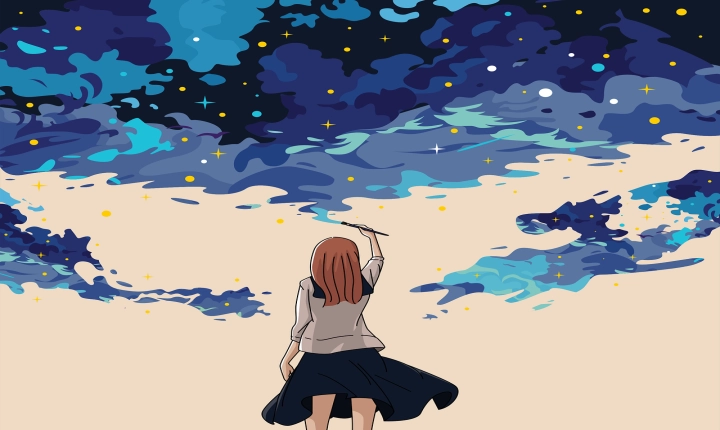AI image generators have revolutionized the way we create and manipulate images. These powerful tools use advanced algorithms and deep learning techniques to generate realistic and visually stunning images. Whether you’re a digital artist, graphic designer, or just an enthusiast looking to explore the world of AI-generated images, these tools offer a wide range of possibilities. In this article, we will discuss how to use AI image generators and explore the various ways they can be utilized.
1. Getting Started with AI Image Generators:
The first step in using AI image generators is to find a suitable platform or software that offers these capabilities. There are several AI image generator tools available, such as Deep Dream Generator, Runway ML, and Artbreeder, each with its own unique features and functionalities. After choosing a tool, you will need to set up an account and familiarize yourself with the user interface.
2. Generating Images:
Once you have set up the AI image generator, you can start experimenting with image creation. Most platforms allow users to input an initial image or select specific parameters, such as color scheme, textures, and styles, to guide the image generation process. AI image generators use neural networks to analyze and synthesize images, offering an endless array of possibilities for generating unique and visually captivating designs.
3. Customizing Images:
AI image generators also provide the option to customize generated images further. Users can tweak various settings, such as brightness, contrast, and saturation, to fine-tune the final output. Additionally, some platforms offer advanced editing tools that allow for more precise adjustments, such as object removal, background changes, and image composition.
4. Exploring Artistic Possibilities:
For digital artists and designers, AI image generators provide a wealth of artistic possibilities. These tools can be used to create surreal landscapes, abstract compositions, and otherworldly designs that push the boundaries of traditional art forms. By leveraging the creativity and innovation of AI, artists can expand their artistic horizons and experiment with new styles and techniques.
5. Incorporating AI-Generated Images Into Projects:
AI-generated images can be incorporated into a wide range of projects and applications. Whether it’s for graphic design, advertising, or digital art, these images can serve as valuable assets in enhancing visual appeal and creativity. Additionally, AI image generators can be used to produce imagery for websites, social media, and multimedia productions, contributing to a more dynamic and engaging user experience.
6. Ethical Considerations:
While AI image generators offer tremendous creative potential, it’s important to consider the ethical implications of using these tools. Issues such as copyright infringement, misuse of generated images, and reliance on AI for original creativity should be carefully considered. Users should always ensure that they have the necessary permissions or rights when using AI-generated images for commercial or public purposes.
In conclusion, AI image generators are powerful tools that enable users to create captivating and innovative imagery. By harnessing the capabilities of AI, individuals can explore new artistic frontiers, experiment with design concepts, and bring their creative visions to life. However, it’s essential to approach the use of AI image generators with ethical considerations in mind, while also embracing the endless possibilities these tools provide for imaginative expression.
